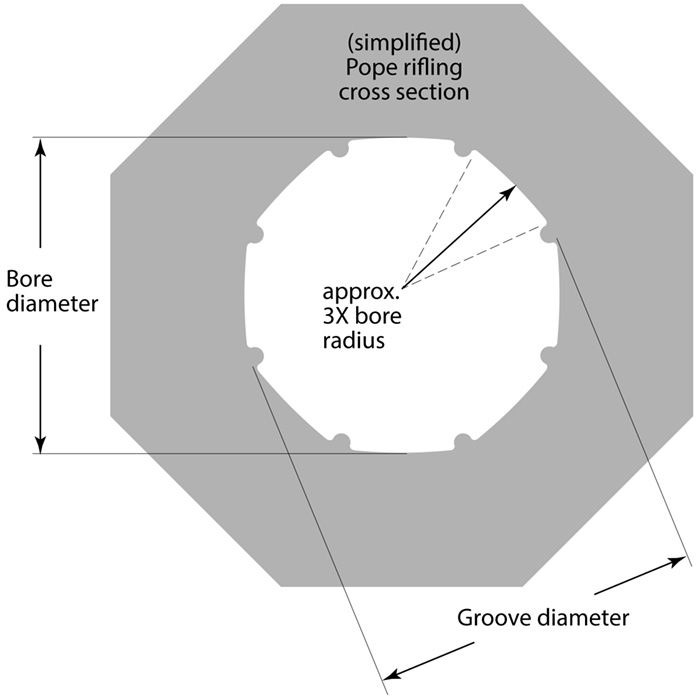I've always had a problem with the million and one theories about what makes accuracy. It is that there seems to be a lot of magical thinking involved in them, and very little application of simple physics. I see discussions all the time about how patch lubes, patches, rifling style, cleaning methods, length of barrel, etc., you name it, will destroy or guarantee accuracy. I'm not a believer. My experience just doesn't show that. I switch patch material and thickness, patch lubes, powder brands, granulations and charges, whatever, and I see little effect. I shoot barrels with more or fewer lands and grooves, deeper or more shallow grooves, slower or faster twist rates, larger or smaller charges and I find that the one thing contributing to higher or lower scores is how I'm shooting that day.
An example to illustrate my point. Something interesting has been going on in the forum for the last few days. On one hand people declare how marvelous silicon patches are, that many championship shooters will use nothing else, and other people say silicon patches are far too slick, will destroy accuracy, and base a highly praised accuracy theory on controlling slickness with minimal dry lube. Both sides claim world-beater accuracy, and, significantly, give the credit to their particular theory. As the man famously said, they can't both be right. But, they could both be wrong, if slickness wasn't a factor.
The way I see it, after the ball leaves the muzzle it absolutely does not matter how it got there. If the weight of the ball and the velocity at the muzzle are the same every time, the trajectory will be the same, as will POI. It matters not a bit what patch you used, what lube, what the rifling configuration was, or anything else. Weight and velocity, and with a rifle, spin within the proper range for stabilization. If I didn't hit the target, it's because I wasn't point the gun at it when the shot broke, not because I put 30% beeswax in this new batch of lube instead of the 40% last time.
Incoming. :grin:
Spence








